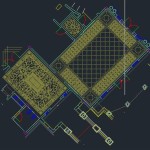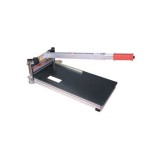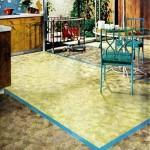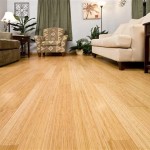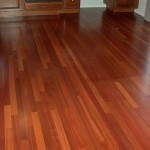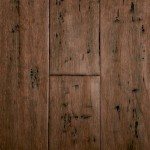Restoring Parquet Flooring: A Guide to Enhancing Your Home's Beauty
Parquet flooring, with its intricate patterns and timeless elegance, can be a stunning addition to any home. However, over time, this type of flooring can suffer from wear and tear, losing its luster and charm. Restoring parquet flooring involves a comprehensive process that revitalizes its appearance, extending its lifespan and bringing back its original beauty. This process requires careful planning and attention to detail to ensure the best possible results.
Assessing the Condition of Your Parquet Flooring
The first step in restoring parquet flooring is a thorough assessment of its current condition. This involves identifying the extent of damage, including scratches, dents, gaps, and loose boards. It's also important to determine the type of finish on the parquet and whether it needs to be stripped or refinished. Factors like the age of the flooring, the type of wood used, and the frequency of foot traffic all contribute to the level of restoration required.
A professional flooring specialist can provide expert advice and a detailed assessment. They can identify any underlying issues like moisture damage or structural problems, which may need to be addressed before proceeding with restoration. Armed with this information, you can develop a suitable restoration plan that addresses the specific needs of your parquet flooring.
The Restoration Process: A Step-by-Step Guide
The restoration process typically involves these key steps:
1. Preparation
This is a crucial step and often involves removing furniture and belongings from the area. All loose objects, like area rugs and furniture, should be moved to prevent damage during the restoration process. Next, all floors should be thoroughly vacuumed and mopped to remove dirt, dust, and debris. This ensures that the sealant and finish can adhere properly to the wood surface.
2. Repairing Damaged Areas
Damaged areas, including scratches, dents, or gaps, need to be addressed before moving on to the next steps. For shallow scratches, a wood filler or stain pen may be sufficient. Deeper damage may require sanding, patching, or replacing individual parquet blocks. This step ensures that the final finish is even and consistent.
3. Sanding
Sanding is the most crucial step in restoring parquet flooring. It removes the old finish, evens out the wood surface, and prepares it for the new finish. Sanding can be done by hand or with a specialized drum sander, depending on the size of the area and the level of expertise. It's essential to use progressively finer grits of sandpaper to achieve a smooth and consistent finish. Sanding should be done carefully to avoid creating deeper scratches or uneven surfaces.
4. Refinishing
Refinishing involves applying a new sealant and/or finish to the parquet floor. This can be done with a brush, roller, or sprayer, depending on the type of finish used. The type of finish selected will depend on the desired look, level of protection, and the overall aesthetic of the room. Options range from oil-based finishes for a warm glow to polyurethane for a more durable, high-gloss finish. Multiple coats may be required for a robust and long-lasting finish.
5. Cleaning and Maintenance
Once the new finish has dried completely, it's essential to clean the floor. For a final touch, a dust mop or soft-bristled broom can be used to remove any dust or debris. Ongoing maintenance is crucial to keep the parquet flooring looking its best. Regular vacuuming and sweeping help prevent dirt and grime buildup, while periodic cleaning with a specialized wood cleaner ensures the finish stays protected and the floor remains lustrous.
Benefits of Restoring Parquet Flooring
Restoring parquet flooring offers numerous benefits, making it a worthwhile investment for any homeowner. It provides a cost-effective way to revitalize the look and feel of a room, boosting its overall aesthetic appeal. It can also extend the lifespan of the flooring, saving you the cost of a complete replacement. Restoring parquet flooring, especially with a high-quality sealant, increases its resistance to scratches, dents, and wear and tear, ensuring that it remains beautiful and functional for years to come.
Additionally, restoring parquet flooring can enhance the value of your home. Beautifully restored parquet floors are a highly sought-after feature by potential buyers, increasing the desirability and value of your property. It's an investment in your home that can bring you both immediate satisfaction and long-term benefits.
Parquet Restoration Sanding Andover Romsey Ringwood Lymington Wimborne Eastleigh Blandford Southampton Bournemouth

Teak Finger Parquet Floor Restoration Chester Wood Flooring

Parquet Flooring Restoration Is Your Old Carpet Hiding A Treasure

Can 5 Finger Parquet Floors Be Sanded And Red Art Of Clean
Parquet Restoration Sanding Carried Out In The Ringwood Area

How To Re Wood Floors For A Professional Finish Checkatrade

Parquet Floor Repair Restoration In London Near Me Parquetry Flooring Repairs

Parquet Floor Restoration The Company

Parquet Flooring Restoration London Cost Of Restoring

Comprehensive Guide To Refinishing Parquet Flooring Re Your Floors Today

